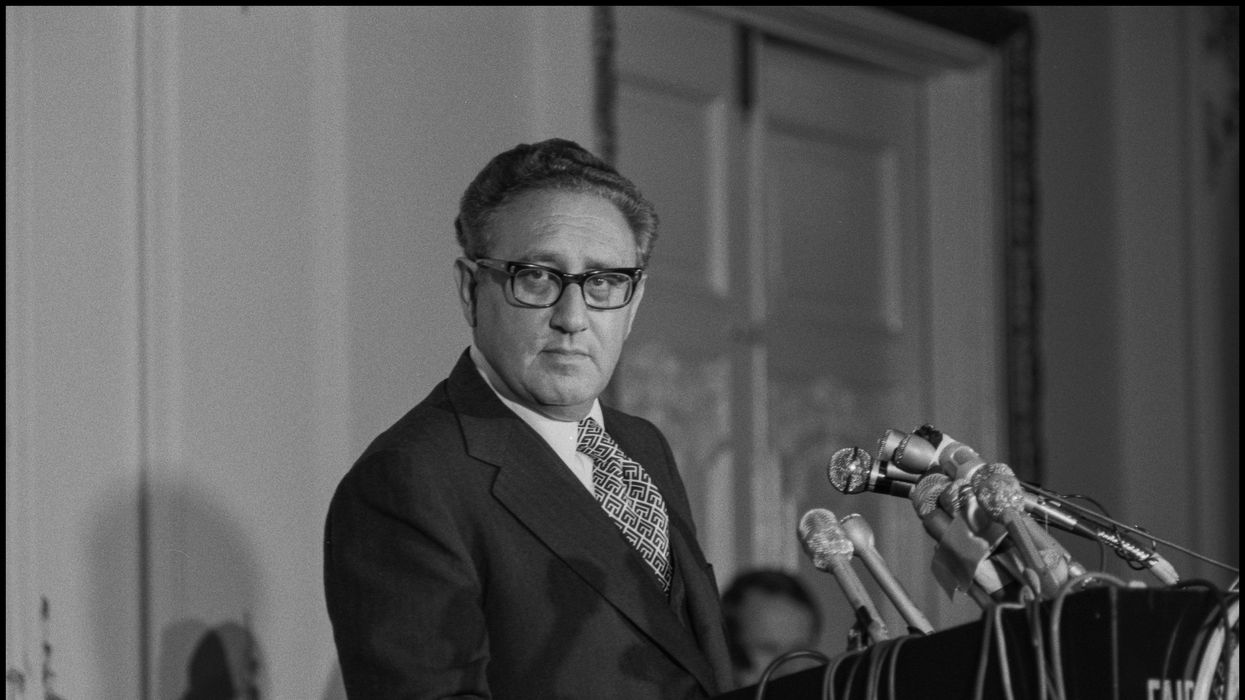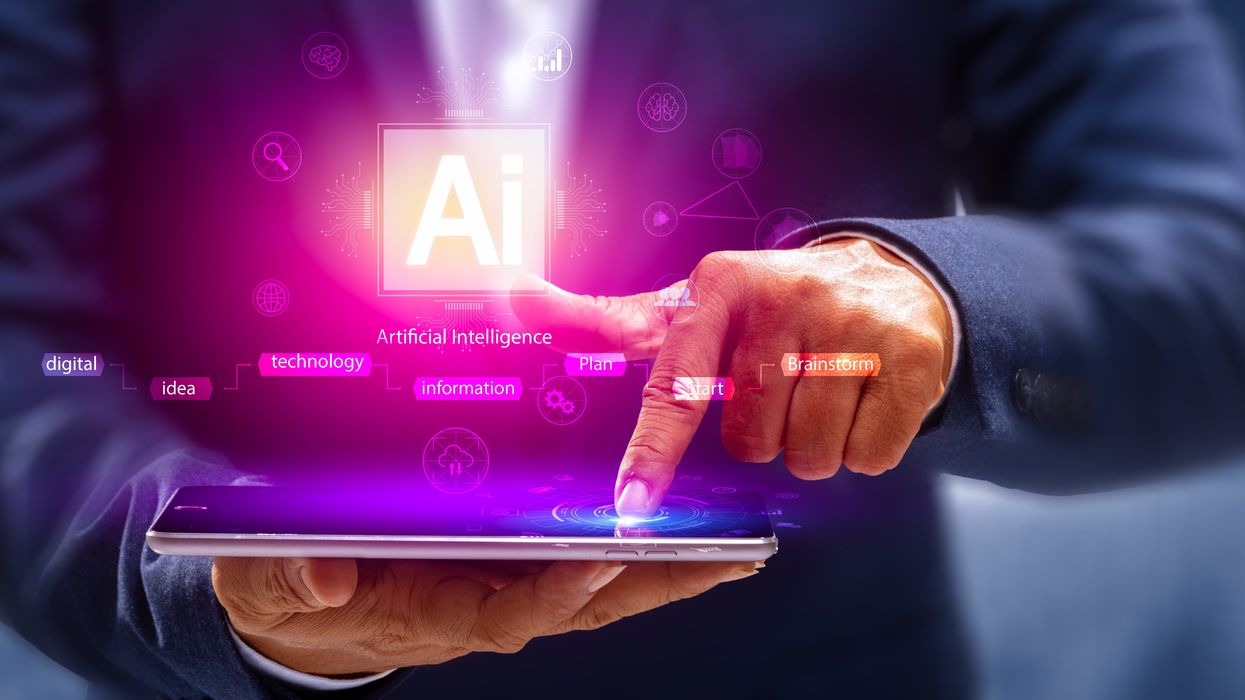Anderson edited "Leveraging: A Political, Economic and Societal Framework" (Springer, 2014), has taught at five universities and ran for the Democratic nomination for a Maryland congressional seat in 2016.
The death of Henry Kissinger at 100 has naturally led to two related debates. First, was the former national security advisor and secretary of state, serving Presidents Richard Nixon and Gerald Ford, successful in his work? Second, what was his approach in foreign policy and international affairs?
The typical answer given to the second question is that Kissinger was a realist and not an idealist (or liberal internationalist). The typical answer to the first question is that Kissinger was successful in his work, although he certainly had his flaws. Kissinger typically is therefore regarded as a master of realpolitik. He worked to open the door to Red China, achieve detente with the Soviet Union and end the war in Vietnam. There are dissenters, especially those who accuse him of war crimes – notably for secretive bombings in Cambodia.
The debates will go on for years, but it would be helpful if the discussion about whether Kissinger was a realist identified three main possibilities for understanding his work and not two. The question to be answered is whether Kissinger was a realist, an idealist or a pragmatist. Pragmatism in the tradition of John Dewey, widely regarded as America's greatest philosopher, has received more attention in the last 20 years of international relations theory in academia. It is well behind constructivism, which has established itself as a viable alternative to both realism and idealism. But in discussions of foreign policy itself rather than academic IR theory the terms pragmatism and pragmatic are used freely, certainly in both the news media and the opinion page media.
In 1979, the noted political scientist John Stoessinger published “Crusaders and Pragmatists: Movers of Modern American Foreign Policy,” which divided presidents into two categories based on their foreign policies: the idealists and the pragmatists. Nixon was regarded as a pragmatist, whereas Woodrow Wilson was regarded as the classic idealist.
Kissinger therefore was part of a pragmatist effort to create a new, essentially triangular world order where the United States, the Soviet Union and China could coexist peacefully. Kissinger's shuttle diplomacy with China, designed to calm relations with the Soviets, was interpreted by Stoessinger as pragmatic in a broad sense of the term.
Realism in academia, notably represented by major thinkers like Hans Morgenthau and Kenneth Waltz and (certainly balance-of-power 19th century realism as practiced by politicians like Germany's Otto von Bismarck), revolves around the concepts of power and self-interest. States pursue power in order to advance their self-interest according to traditional realists. Wilsonian idealism, on the other hand, seeks to create an architecture in the world order that will make the world safe for democracy. Idealists like Wilson, author of the Fourteen Points and advocate for the League of Nations, or liberal internationalists like John Ikenberry today, are focused on the concepts of rule of law, democracy, peace and freedom, not power and self-interest.
Pragmatism in the American philosophical tradition, which has seen a revival since Richard Rorty published “Philosophy and the Mirror of Nature" (1979) and the "Consequences of Pragmatism” (1982), is also focused on concepts of rule of law, democracy, peace and freedom along with concepts of harnessing uncertainty and applying our best science to solve the “practical problems of men” in Dewey's words. Only a crude version of pragmatism would advocate taking actions in the foreign policy arena where the ends justify whatever means are necessary.
Kissinger, a Harvard trained political scientist and faculty member, was a brilliant theoretician and a brilliant practitioner. He and Nixon were the architects of a new world order that would enable capitalism and communism to peacefully coexist, and he was the primary practitioner who did the negotiating to implement their plan. Calling him a realist, even a master realist, or a principled realist (an academic attempt to save realism from its negative implications), imposes a simplistic taxonomy on a complicated public servant.
Stoessinger no doubt oversimplified our presidents by dividing them into idealists and pragmatists. The debate that is needed about Kissinger, which could help academics and their graduate students, is whether he was more of an idealist, a realist or a pragmatist. The evaluative question will remain, namely whether he was a successful idealist, a successful realist or a successful pragmatist.



















